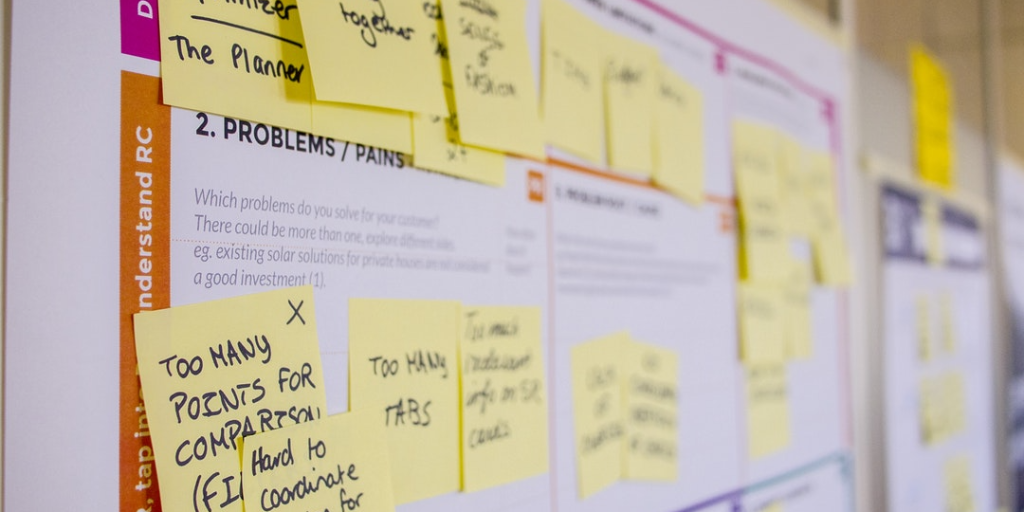The agenda is the “skeleton” of the meeting or meeting. It is in it that the main topics for discussion and the main directions of discussions are set. It establishes the order of the meeting, focuses the attention of the participants on a professional conversation, and does not allow the discussion to turn into a chaotic exchange of ideas.
How to Write an Agenda?
- Start preparing the agenda immediately after management decides on the date and topic of the meeting. It will be easier for you to formulate its points on “hot tracks.” In addition, you will have enough time to correct the first option if the manager wants to make amendments.
- Highlight the main and secondary aspects of the theme of the collection. Do not overload the agenda with small issues that can be resolved in working order. The best option is to include 1-2 important points in the discussion in which a large part of the team is interested and leave time for the prompt resolution of less important issues, including those that arose during the meeting.
- Formulate the agenda items. Avoid ambiguous or vague sentences. Make the questions on the agenda as specific as possible. After reading them, the meeting participant should easily understand the essence of the problem and the purpose of its discussion. If you have difficulties, ask for help from a specialist who will give a keynote speech on this topic.
- Each item should begin with “about” or “about”: “About the initiative of the sales department to hold a Saturday night” or “About the redistribution of functions between the marketing department and the press service,” etc. If some regulatory document is brought up for discussion, the clause may sound as follows: “On approval of the Company’s Charter” or “On making changes to the job instructions of the secretariat employees,” etc. Questions of an informational nature that do not require discussion provide an appropriate explanation in parentheses or through a colon. For example, “On promising areas of book publishing activity: Report of the deputy general director on a trip to the seminar.”
- Structure the agenda. In practice, two ways of arranging questions are used: from the most important to the least important and from minor to significant. Each option has its positive sides. In the first case, the main issues are considered at the beginning of the meeting. Employees show more activity. Fatigue does not yet affect them. But the discussion of the first question may drag on. There will be no time left to solve small but important problems. If the meeting starts with less important items, the employees are gradually included in the rhythm and by the time the main issue is announced, they are fully prepared for a constructive dialogue.
- Print the agenda according to the record-keeping requirements adopted in your organization. In addition to the actual questions for discussion, indicate the date, time, place of the meeting, main speakers, participants, and invited experts. Get the document approved by the head of the organization. You will later add the original agenda to the minutes of the meeting. Based on the approved subpoena, prepare an information letter or announcement for employees.

